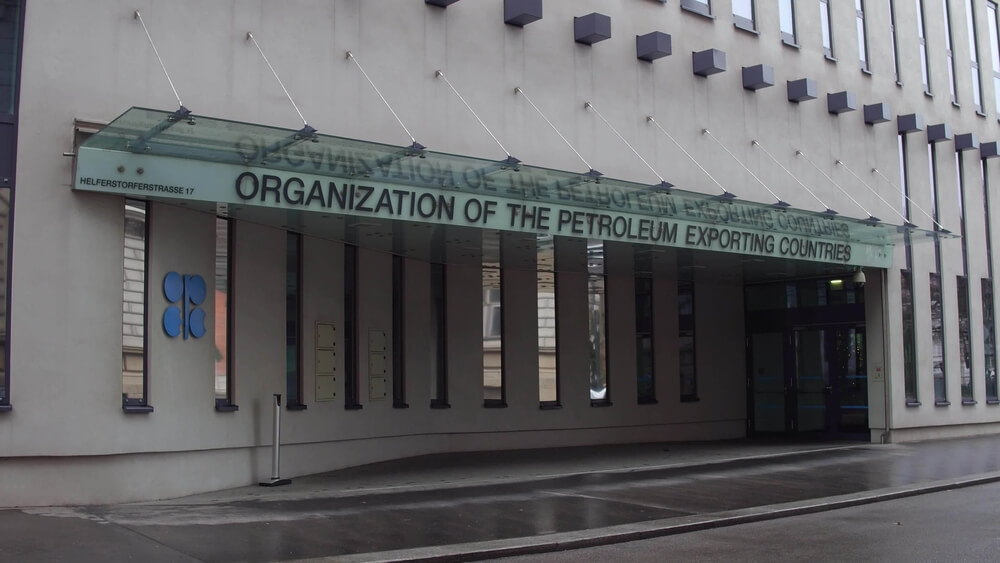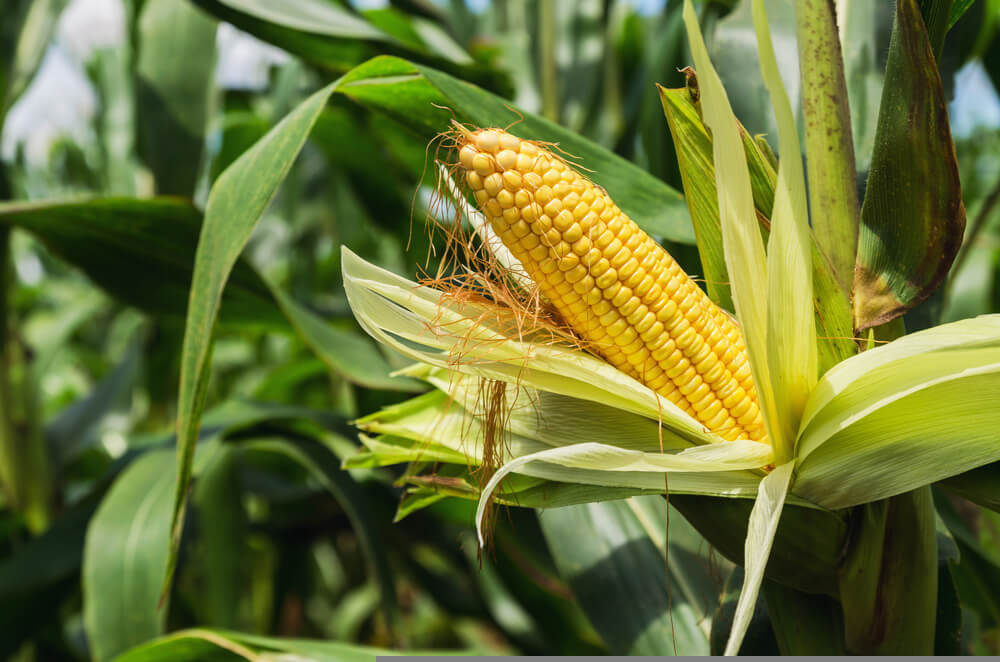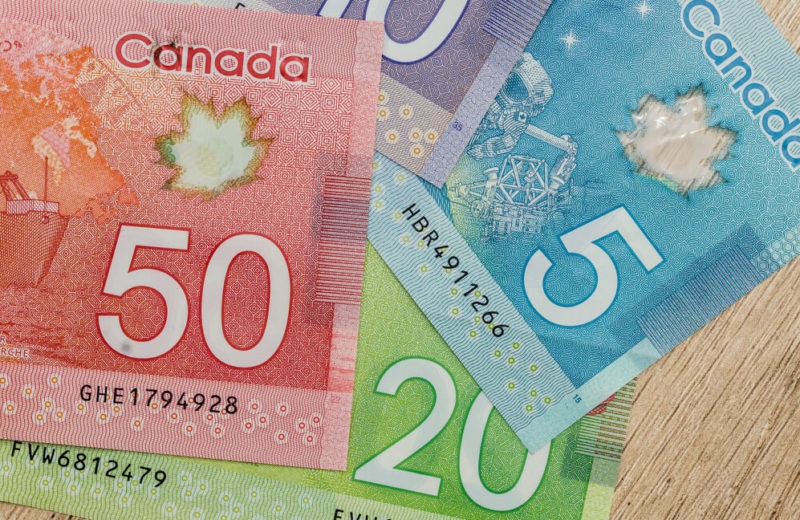OPEC oil supplies still linger above the expected mark. This is following Libya’s production restart and Iran’s “alleged” non-compliance to supply-cut deal with robust exports.
The organization’s oil output has risen for the third month in a row in September, driving crude oil prices down.
In the latest meeting with members, de facto leader Saudi Arabia urged members’ compliance on the imposed production cut of 9.7 million barrels per day adopted on May 1.
Due to the sluggish demand, OPEC decided to cooperate with non-members forming a new coalition termed “OPEC+”. The aim of the coalition is to save volatile oil prices from reaching a point of no return.
At a conference in June, the petroleum association decided to maintain cuts until the end of July due to future demand uncertainty.
Coming to the end of the timeline, they decided once again to stick to the status quo. Due to the fact that the second wave of coronavirus infections loom along with a rapid consumer shift towards clean energy.
As if adding an insult to the injury, Libya decided to resume oil activities after months of hiatus.
Due to internal conflict in the country, Libyan commander Khalifa Haftar imposed a blockade to squeeze the government from fleeing to outside resources at the start of the year.
Its reemergence came at a relatively lousy time when the global market did not require crude oil as much as it did pre-pandemic.
A survey conducted shows that the 13-member organization pumped 24.38 million barrels per day in September. Additionally, Libya has been averaging at 70,000 BPD since its reemergence.
The figure is up from last month by 160,000 barrels per day. More than twice the number of what should have been the per barrel average of the imposed supply cut.
Staggering Crude Oil Demand, Members Cooperate
At present, oil prices fell by approximately 10% in September, trading at an average of $40 per barrel.
Libya and Iran are currently exempt from the oil coalition’s supply pact, with the latter still carrying the weight of US sanctions given in 2018.
Amid the controversy, the Iranian crude oil supply rose by approximately 70,000 BPD for the month.
The increase in OPEC’s overall September figures translates that incumbent production is up by 2 million barrels per day from June’s outputs.
Surprisingly, members bound by the pact also recorded increased output, raising questions on their non-compliance.
For the month, Angola recorded the highest increase of 60,000 BPD amid a rising number of exports.
On the other hand, the United Arab Emirates, complying with Saudi Arabia’s threats, significantly reduced production.
The country pumped more than its quota last month. The September drop exhibits its willingness to its overproduction in August.
Similarly, Saudi Arabia keeps its output in check at 9 million barrels per day along with other compliant members, namely Iraq, Nigeria, and Kuwait.
Due to the rise in oil output, Brent crude futures fell 0.4% or 17 cents, trading at $42.13 per barrel. While US benchmark West Texas Intermediate futures slashed 22 cents or 0.6%, currently trading at a flat $40.
Striking good news! EIA reported yesterday on falling crude oil inventories by 2 million barrels for the week to September 25.
















